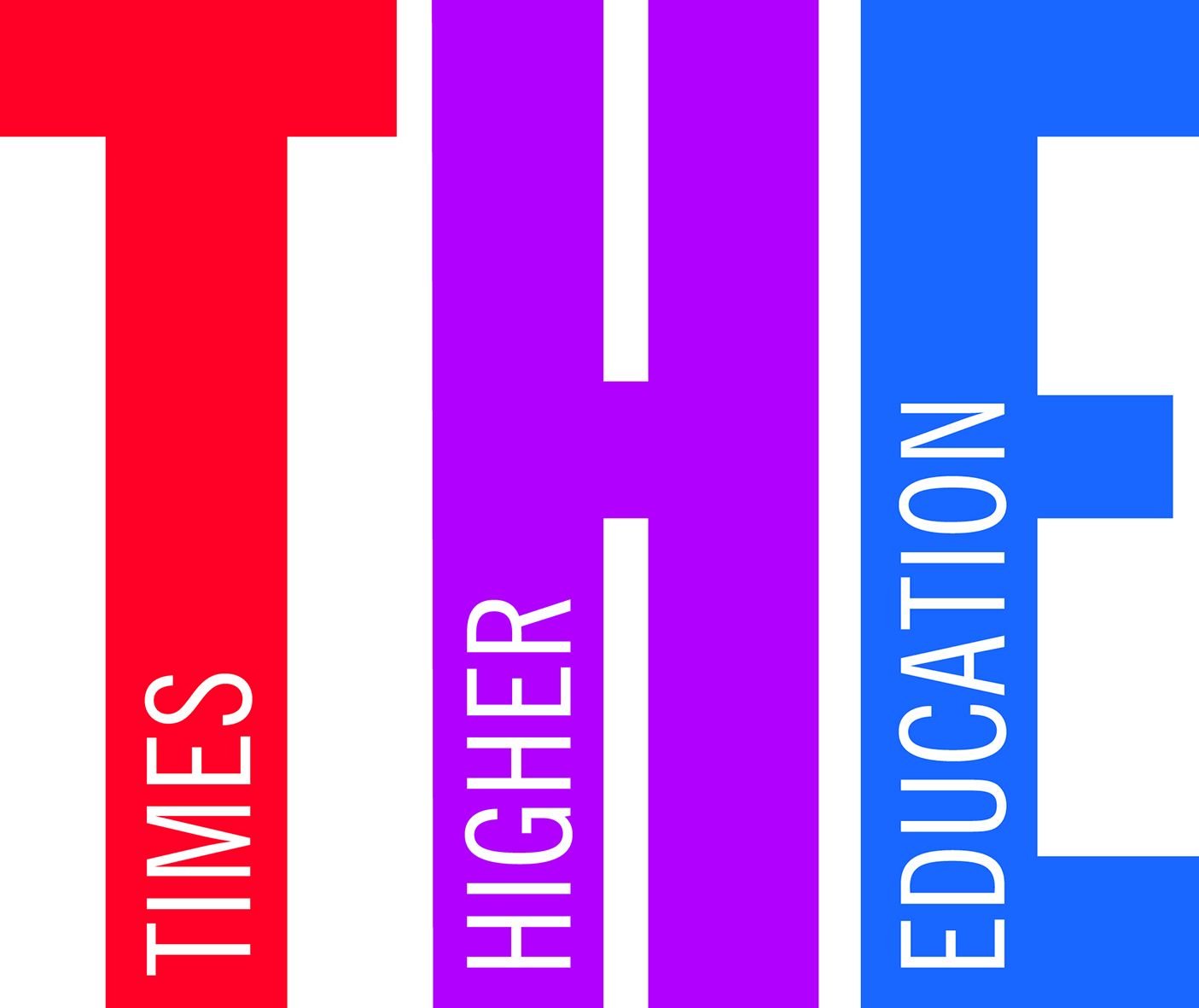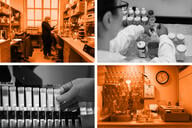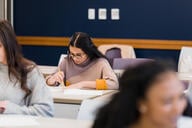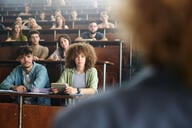You have /5 articles left.
Sign up for a free account or log in.
Want your students to think more creatively? The trick, a new study suggests, is all in the timing.
In an experiment, groups of students were found to generate twice as many ideas when they were quizzed around midday, compared with at the start or the end of the working day.
 No time for lunch again? You’re the typical modern academic.
No time for lunch again? You’re the typical modern academic.
Dermot Breslin, senior lecturer in organizational behavior at the University of Sheffield, who conducted the study, said that higher education institutions should consider scheduling classes that require group creativity in students around lunchtime in response to the research.
Writing in Studies in Higher Education, Breslin says that “the midday period represents a unique opportunity for group creativity within the working day.”
The results are thought to reflect peaks in socialization, alertness and arousal that are believed to occur about four hours after waking and have been evidenced by previous studies.
They are also thought to be a sign of what Breslin calls a “significant post-lunch effect”: a dip in alertness and cheerfulness after a midday meal that has previously been blamed for a rise in the number of traffic accidents in the midafternoon and a drop in performance in laboratory-related tasks.
For the latest study, 270 business studies undergraduates took part in a series of experiments in which they were divided into groups and asked to come up with as many uses as possible for common objects: a coat hanger, a blank sheet of paper and a paper cup.
Students taking part in the activity between 11 a.m. and 2 p.m. typically generated significantly more ideas than those participating at the start or at the end of the working day. Students completing the activity around lunchtime frequently generated at least twice as many ideas as those completing it at 9 a.m. or 3 p.m.
In his paper, Breslin says that there is an “enhancing effect” in socialization and cognitive processes around lunchtime.
“As the group enters this optimal time period, increased alertness, arousal and positive affect result in a more fluent social interaction, and with this higher creative fluency,” he writes. “The scheduling of creative work and educational activities should thus target this window of creativity.”
Speaking to Times Higher Education, Breslin said that his findings had led him to adjust his time-tabling, and that he “definitely sees the effect” of scheduling creative activities for lunchtime, not just in more interaction between students but also in the motivation that they display.
Academics should also be aware that students taking modules at the start or the end of the working day may be at a disadvantage, Breslin said.




